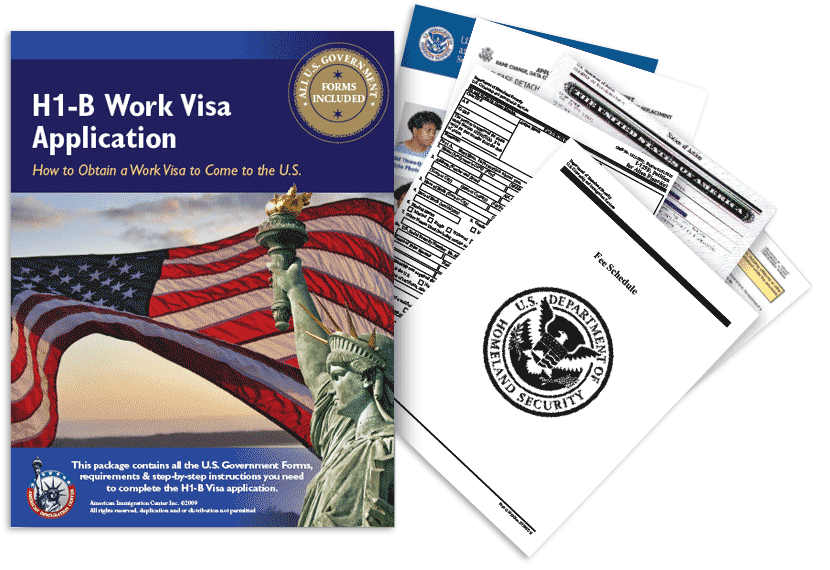The New York Magazine's Daily Intelligencer has a
great article that makes the point I have been emphasizing in class for the past two weeks: rarely can the President alone overhaul American domestic policy. As I mentioned in my Constitutional Law class yesterday, President Trump this week issued an executive order to make it harder for H-1B Visas to be issued. The H-1B Visa is given to highly skilled workers where an employer claims that there are no Americans who can do the job. The President's order doesn't change the law, it simply enforces it differently.
Just how is explained very nicely in the NY Mag piece:
The
order will direct the the departments of Labor, Justice, State, and
Homeland Security to conduct reviews of the H-1B visa program and
propose reforms. The Trump administration says current rules are going
unenforced, and they want to see changes that ensure the visas are only
going to “the most highly skilled workers.”
According to the Washington
Post, administration officials described various ways this could be accomplished: "The
officials said reform could first come through administrative changes,
such as raising the visa application fees, adjusting the wage scale to
more accurately reflect prevailing salaries in the tech industry, and
more vigorously enforcing violations. It could also change the lottery
system to give foreigners with U.S. master’s degrees a leg up."
In short, as head of the Executive Branch, President Trump
is asking an executive branch agency to enforce existing rules more
forcefully. He is not changing the law, he is simply asking that it be
enforced differently!
But as the article points out:
Signing an executive order lets Trump highlight his commitment to
fulfilling his promise to protect American workers, but he can’t do a
thorough overhaul of the program on his own. Changing certain
fundamental elements, like how many visas are awarded each year,
requires action from Congress.
This illustrates very nicely the point I was trying to make in class: the President can change how a law is enforced, but he cannot change the law itself. Only the Legislative Branch can do that.


